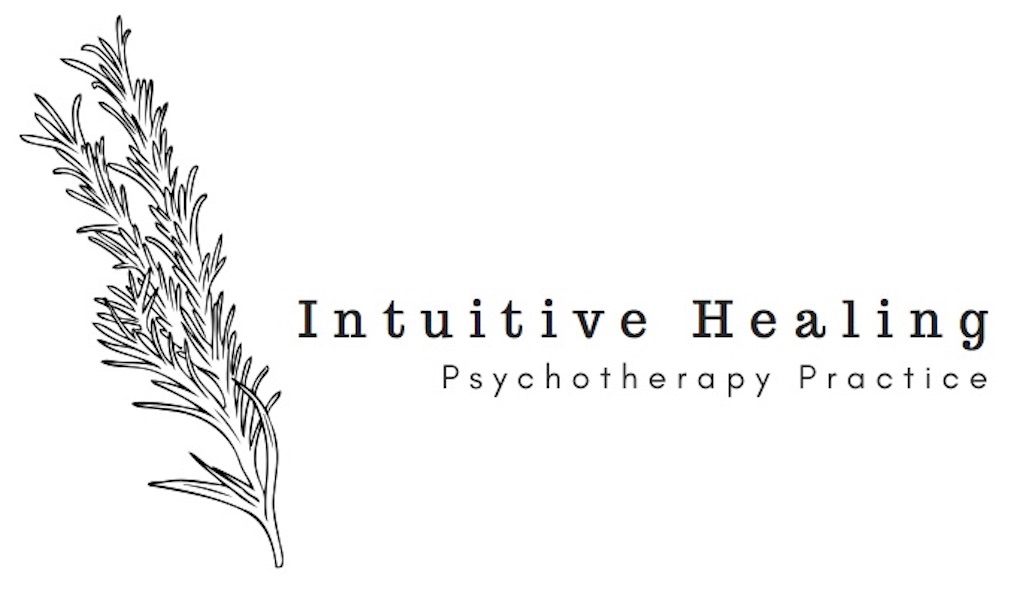How to Effectively Set Boundaries
Alana Barlia, LMHC
You deserve love, happiness, and balance. You deserve mindful interpersonal relationships. However, with that right comes the responsibility to create this balance. Maintaining meaningful relationships means thinking and acting dialectically – meaning that we must adapt a synchronized view of give and take in our relationships. Be open and be private; be independent and be dependent; be curious and be suspicious; be giving and be open to receiving.
Balance means boundaries. Boundaries are a line that we will not cross in various spaces in our life; most often we set physical, emotional, intellectual, material, sexual, and time boundaries. People with whom we set boundaries are friends, romantic partners, family members, coworkers, strangers, and ourselves.
Our boundaries lie on a spectrum between porous and rigid. Having porous boundaries mean that we are looser in the lines we draw in our life. Individuals with porous boundaries are often seen as ‘yes men’. They put others before themselves, they are emotionally enmeshed, dependent, have low self-esteem, low self-worth, are fearful of rejection, and are often oversharers. Their friends on the other end of the spectrum, those with rigid boundaries, are seen as ‘Dr. No’. These individuals put themselves before others, are avoidant of emotional situations and interpersonal relationships, have few people close to them, are emotionally vacant or detached, have low self-esteem, and are fearful of rejection.
Moving toward setting healthy boundaries is a journey. It involves finding the middle path between porousness and rigidity. Individuals with healthy boundaries have worked on aligning the emotional and logical aspects of themselves to find the balance between: yes and no/you and me. They value their own opinions, they are balanced and mindful, they share an appropriate amount of themselves with others, they do not compromise on their values to please others, and express a high level of self-respect and self-esteem.
Here are a few tips to improve your boundaries:
1) Clear objectives
Have a clear understanding of what you want from the interaction or the relationship
Have a clear understanding of what your priority is in setting the boundary
Ask yourself: How much does getting what I want mean to me versus how much does this relationship mean to me?
2) Clear communication
Clear and concise communication means being clear in both our verbal and non-verbals
When making a request be mindful, calm, and firm
When saying No, use the term No
Do not apologize for stating a need
Do not use vague language such as ‘maybe’ ‘another time’ ‘I don’t know’
Do not use vague nonverbal cues such as shrugging shoulders, lacking eye contact, turning away
3) Mindfulness
Be mindful of yourself and others
Observe how the other person may be feeling
Focus on the relationship dynamic
Focus on the here and now
Be open and non-judgmental
Listen attentively for feedback
